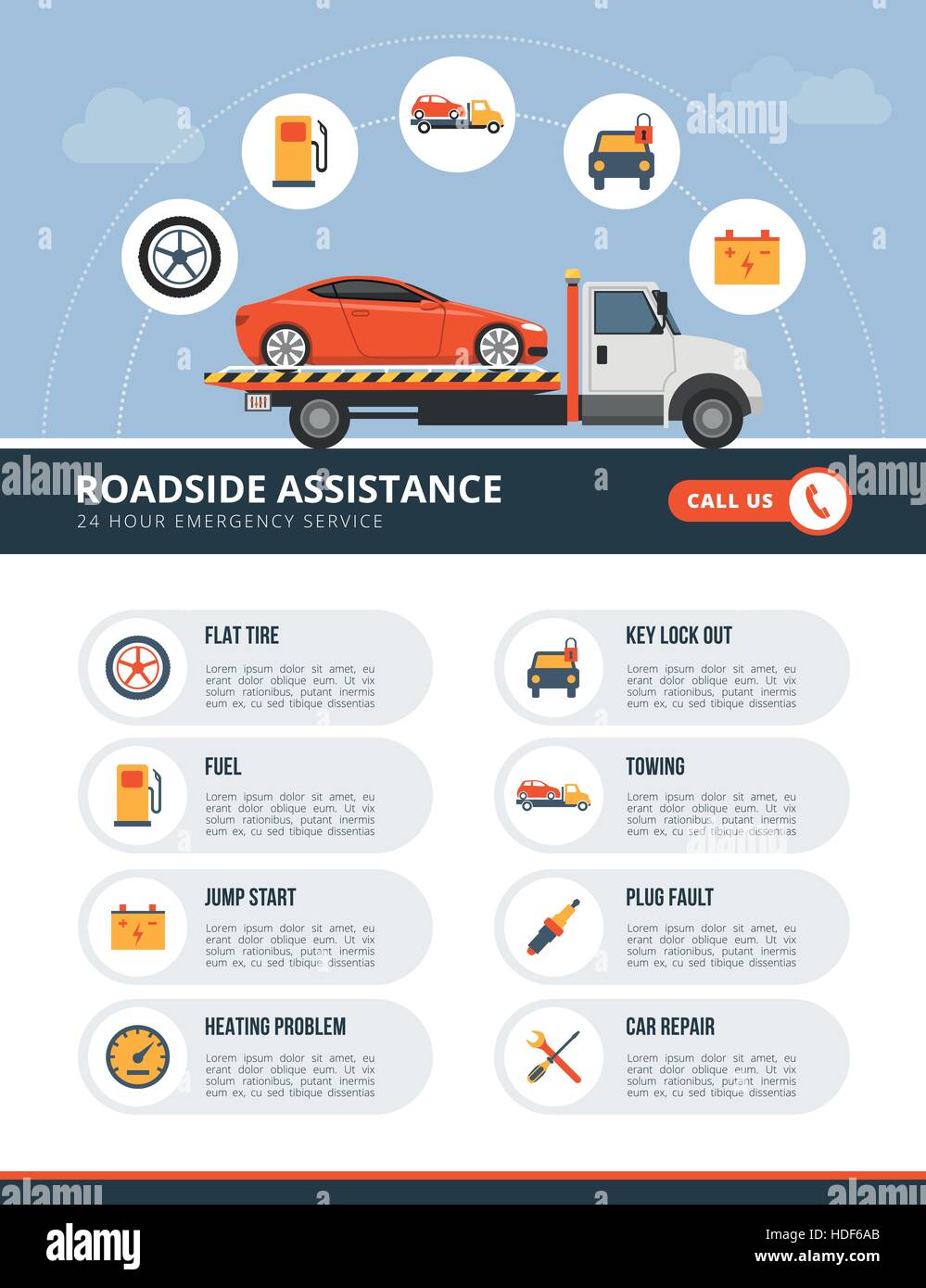Gain Insight Right Into The Dashboard Caution Lights In Your Vehicle To Understand Their Implications On Your Cars And Truck'S Health And Safety And Security
Gain Insight Right Into The Dashboard Caution Lights In Your Vehicle To Understand Their Implications On Your Cars And Truck'S Health And Safety And Security
Blog Article
Short Article By-Hernandez Mendez
When you're behind the wheel, those glowing warning lights on your dashboard can be a bit perplexing. Do you recognize what they're trying to inform you regarding your automobile's health and wellness? Comprehending the importance of these lights is important for your safety and the durability of your car. So, the following time one of those lights turns up, would not you wish to analyze its message properly and take the essential actions to resolve it?
Common Caution Lights and Interpretations
Identify typical warning lights in your vehicle and recognize their definitions to ensure risk-free driving.
One of the most typical warning lights consist of the check engine light, which indicates issues with the engine or exhausts system. If this light begins, it's critical to have your lorry inspected promptly.
The oil stress warning light indicates reduced oil pressure, calling for instant attention to avoid engine damages.
A flashing battery light might recommend a malfunctioning billing system, possibly leaving you stranded otherwise addressed.
The tire pressure monitoring system (TPMS) light signals you to reduced tire pressure, influencing car security and gas effectiveness. Overlooking this can bring about unsafe driving conditions.
The abdominal light shows a trouble with the anti-lock braking system, compromising your ability to quit promptly in emergency situations.
Last but not least, the coolant temperature alerting light warns of engine getting too hot, which can lead to severe damages otherwise dealt with quickly.
Recognizing these typical caution lights will certainly aid you address concerns quickly and preserve safe driving conditions.
Significance of Prompt Attention
Understanding the typical warning lights in your car is just the first step; the relevance of immediately attending to these cautions can not be emphasized enough to ensure your safety and security when traveling.
When a caution light illuminates on your dashboard, it's your vehicle's means of interacting a possible issue that requires interest. Overlooking these cautions can cause more extreme issues down the road, compromising your safety and possibly costing you more out of commission.
Prompt focus to alerting lights can protect against failures and mishaps. For instance, a blinking check engine light could suggest a misfire that, if left ignored, could trigger damages to the catalytic converter. Resolving mechanic gloves can conserve you from a pricey repair service.
Likewise, a brake system advising light might signify reduced brake liquid or used brake pads, important components for your security when driving.
DIY Troubleshooting Tips
If you discover a warning light on your control panel, there are a couple of do it yourself repairing suggestions you can try before seeking expert aid.
The primary step is to consult your vehicle's guidebook to comprehend what the specific caution light suggests. Sometimes the issue can be as straightforward as a loosened gas cap triggering the check engine light. Tightening view might fix the trouble.
Another typical problem is a reduced battery, which can activate various alerting lights. Checking the battery links for deterioration and guaranteeing they're protected could repair the problem.
If a caution light lingers, you can try resetting it by disconnecting the cars and truck's battery for a couple of mins and afterwards reconnecting it. In addition, checking your car's liquid degrees, such as oil, coolant, and brake liquid, can assist repair advising lights associated with these systems.
Final thought
Finally, recognizing your vehicle's caution lights is necessary for keeping your car running efficiently and securely. By promptly dealing with these alerts and recognizing what they imply, you can avoid expensive fixings and prospective malfunctions.
Remember to consult your automobile's manual for particular information on each alerting light and act as necessary to guarantee a hassle-free driving experience.
Keep educated, stay secure when traveling!
